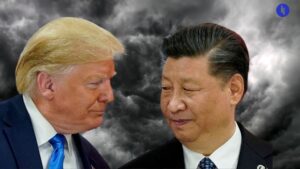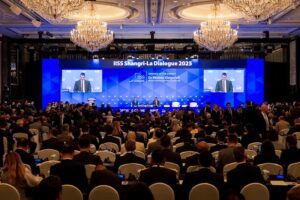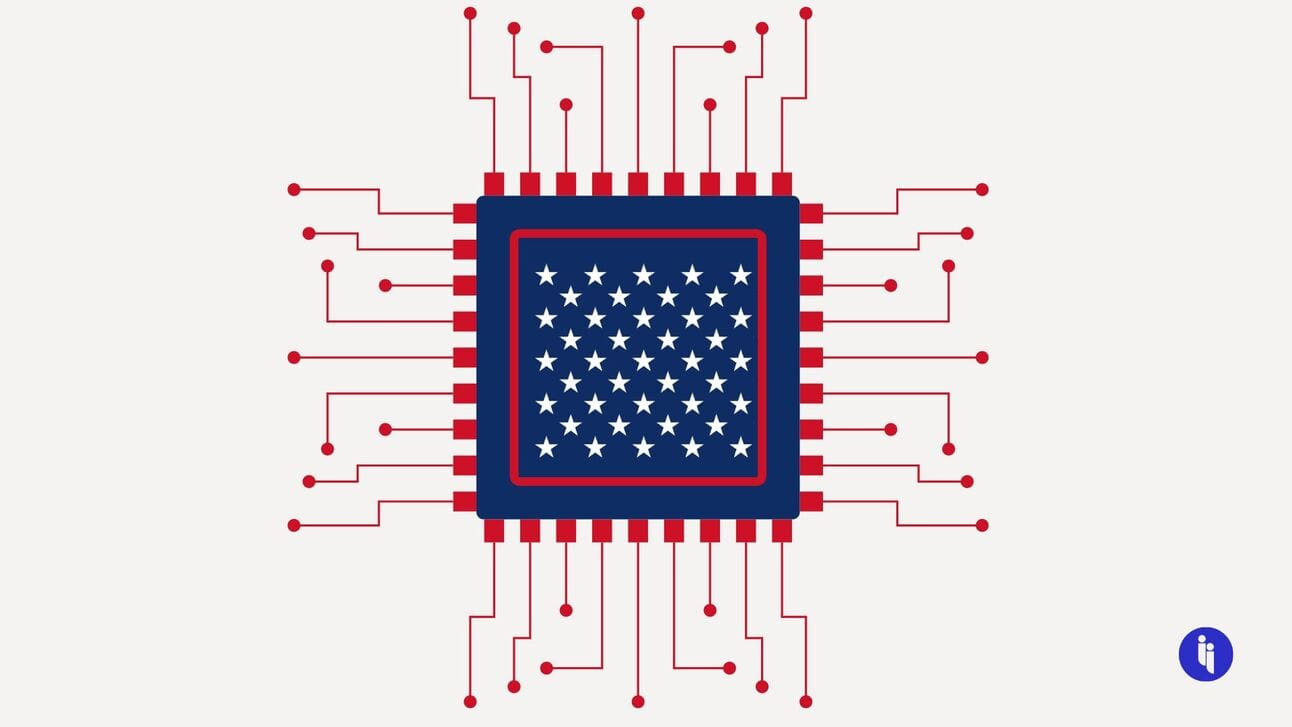Washington has awarded US chipmaker Intel up to $8.5B in grants and $11B in loans to lift local semiconductor output. The package, announced yesterday (Wednesday), is the biggest yet under America’s 2022 CHIPS and Science Act.
The idea is to help drive Intel’s $100B plan for new, expanded, and modernised chip foundries (‘fabs’) across Arizona, Ohio, New Mexico, and Oregon.
Why?
Stay on top of your world from inside your inbox.
Subscribe for free today and receive way much more insights.
Trusted by 129,000+ subscribers
No spam. No noise. Unsubscribe any time.
While the US still dominates chip design, manufacturing has gradually shifted to Asia – particularly to Taiwan’s TSMC (for advanced chips) and Korea’s Samsung.
And it’s been a wild ride for Intel, which was once the world’s largest chipmaker before it started missing opportunities (like mobile and AI chips) while losing its fab edge. It’s now worth just $180B, versus $600B at TSMC and $2.2T at Nvidia.
So by reversing Intel’s decline, the US hopes to help rebuild the country’s chip manufacturing capabilities and:
- Retain its edge on a tech with massive economic and military implications
- Reduce its reliance on (and vulnerability to) overseas manufacturers
- Back its own ability to curb China’s access to advanced chips, and
- Continue to revive US manufacturing (which also helps in an election year)
As US Secretary of Commerce Gina Raimondo put it: “We rely on a very small number of factories in Asia for all of our most sophisticated chips, […] That’s untenable and unacceptable. It’s an economic security problem, it’s a national security problem, and we’re going to change that.”
So then why back Intel, specifically?
Intel was always going to be a winner from the Chips Act, not because everyone loves Intel, but because it’s the only major US player that retained a manufacturing capability rather than (like Nvidia and AMD) outsource it to Asia.
So will this work?
Semiconductors are arguably the most advanced tech that humans have ever made, and folks lucky enough to visit fabs in Taiwan tend to stagger out afterwards, stunned. So this stuff is hard to manufacture, and the US is behind.
Let’s crunch some numbers (the smaller the size, the more advanced the chip): back in 2006, Intel was the first to make 45 nanometre chips, but it then struggled for years to progress beyond 14nm before hitting today’s 10nm. Meanwhile, China surprised everyone last year with a 7nm chip, and TSMC is already selling 3nm chips.
So it’s not just a matter of building a fab in the US and churning out chips. Ask TSMC, which has struggled building a first 4nm plant in Arizona, partly due to:
- High costs
- A lack of nearby suppliers
- Differences in work culture
- A gap in specialised labour, and
- Lags in dishing out Chips Act funds.
As a US company, Intel may not need to learn all these same lessons the hard way, but others are more structural – e.g., very few folks in the world know how to install the Dutch extreme ultraviolet lithography machines needed in a fab.
And it’s those kinds of structural barriers that explain why, just as it took decades for the US to lose its edge, it might take another while to claw it all back.
INTRIGUE’S TAKE
Sometimes world history looks like a straight path, while other times it looks like a pendulum swinging back and forth through the centuries.
This feels more like a pendulum day, with at least two big ones swinging right through this semiconductor story:
- 1️⃣ Industrial policy: the first English reference to capitalism was potentially in Alexander Hamilton’s 1791 vision for a government-led shift to a manufacturing economy. The pendulum then swung away from government intervention last century, and now it’s swung back again with the Chips Act and other forms of industrial policy.
- 2️⃣ Foreign policy: the US has historically lurched between periods of wanting to venture out to slay foes, and other periods of wanting to hunker down and pull up the drawbridge. Reviving its home chipmaking is another possible sign the US is hunkering back down.
Both pendulums (or ‘pendula’ 🤓) look to us like a response to the same thing: a world that’s appearing less friendly to the US.
Also worth noting:
- Separately, the US is investing $3.5B in a little-known ‘secure enclave’ program for Intel to produce military and intelligence chips.
- Taiwan accounts for 90% of the world’s production of the most advanced chips.








